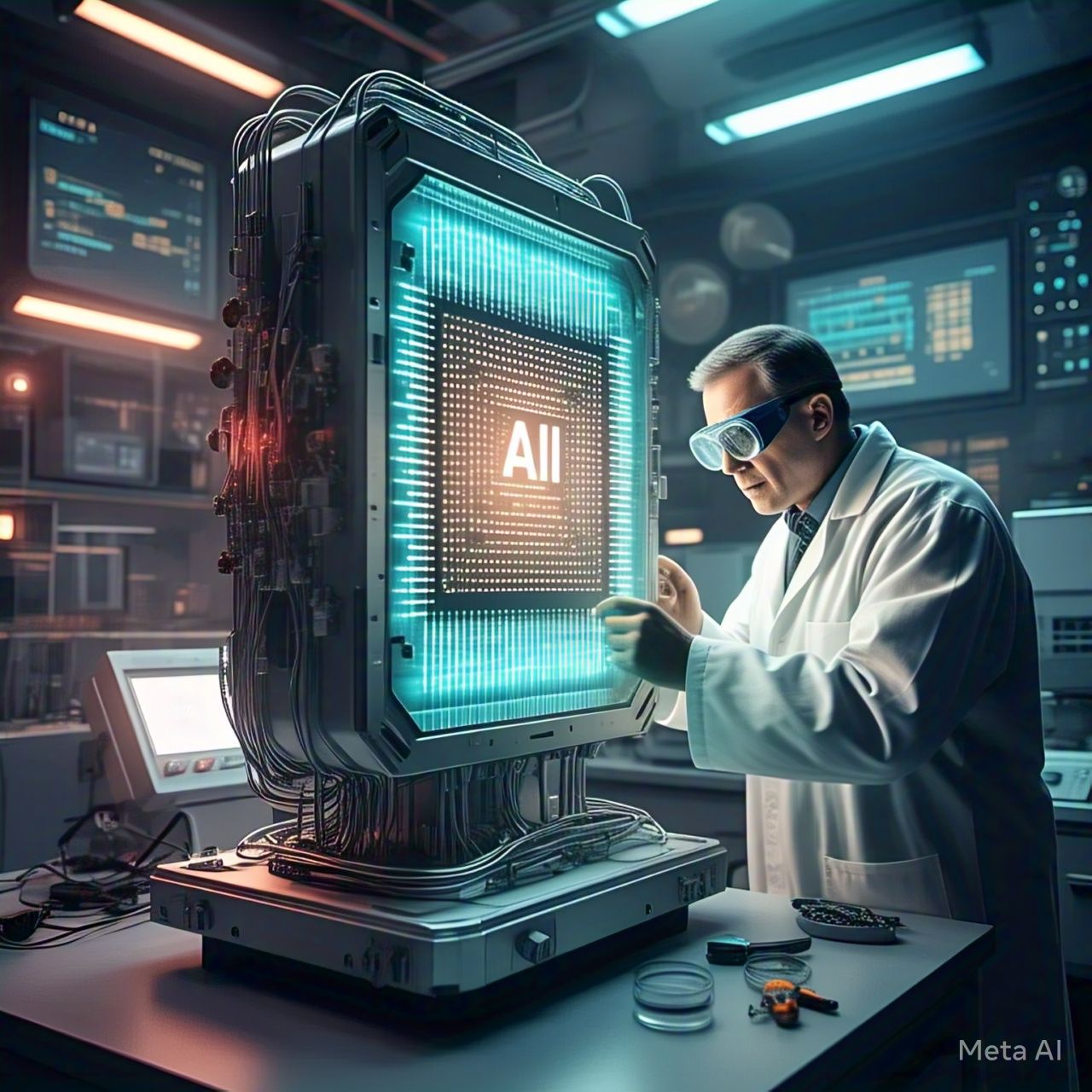Table of Contents
- Introduction
- The Evolution of AI Processors
- Understanding Superconducting AI Chips
- Exploring Neuromorphic AI Chips
- Superconductors vs. Neuromorphic Chips: Key Differences
- Applications in AI and Computing
- Challenges and Limitations
- Future Prospects and Industry Adoption
- Conclusion
- FAQs
Introduction
Artificial Intelligence (AI) is rapidly transforming industries, but its true potential is limited by hardware capabilities. The debate over whether superconducting chips or neuromorphic chips will lead the future of AI processors is heating up. Both technologies promise groundbreaking advancements, but which one will emerge as the dominant force in AI computation? This article explores the strengths, limitations, and future prospects of these two revolutionary AI hardware technologies.
The Evolution of AI Processors
AI computation has evolved significantly, from traditional central processing units (CPUs) to graphics processing units (GPUs) and more recently to tensor processing units (TPUs). However, with increasing demands for real-time AI processing and efficiency, new computing paradigms like superconducting processors and neuromorphic chips are gaining traction.
Understanding Superconducting AI Chips
Superconducting AI chips utilize materials that exhibit zero electrical resistance at extremely low temperatures. These processors operate using Josephson junctions, enabling ultra-fast switching and significantly lower power consumption compared to conventional silicon-based chips.
Key Benefits:
- Near-zero energy loss: Eliminates heat dissipation issues.
- Ultra-fast processing: Terahertz-speed computation.
- Quantum computing potential: Compatible with quantum processing units (QPUs).
Limitations:
- Requires cryogenic cooling.
- High production and maintenance costs.
- Limited commercial availability.
Exploring Neuromorphic AI Chips
Neuromorphic chips are designed to mimic the human brain’s neural networks, utilizing spiking neural networks (SNNs) for efficient data processing. Unlike traditional binary logic processors, these chips use event-driven computation, reducing power consumption and enhancing real-time AI capabilities.
Key Benefits:
- Energy efficiency: Operates with minimal power compared to GPUs/TPUs.
- Scalability: Enables real-time learning and adaptive AI models.
- Biological-like processing: Enhances AI in robotics and sensory applications.
Limitations:
- Complexity in designing large-scale neuromorphic systems.
- Lacks standardization in programming frameworks.
- Slower adoption in commercial AI applications.
Superconductors vs. Neuromorphic Chips: Key Differences
| Feature | Superconducting AI Chips | Neuromorphic AI Chips |
|---|---|---|
| Power Efficiency | Near-zero resistance, ultra-low power | Highly energy-efficient but not zero-loss |
| Processing Speed | Terahertz-scale computing | Mimics brain-like parallel processing |
| Temperature Requirement | Needs cryogenic cooling | Operates at room temperature |
| Scalability | Limited by cooling needs | Highly scalable |
| AI Application Focus | Quantum computing, high-speed AI | Robotics, real-time AI inference |
Applications in AI and Computing
Both AI chip technologies have the potential to revolutionize computing across multiple domains:
- Superconducting Chips:
- Quantum AI and scientific simulations.
- High-speed financial modeling and algorithmic trading.
- AI-driven space exploration and cryptographic security.
- Neuromorphic Chips:
- Autonomous systems and edge AI devices.
- Real-time speech and image recognition.
- Medical diagnostics and brain-machine interfaces.
Challenges and Limitations
While both chip technologies offer exciting possibilities, they also face significant hurdles:
- Superconducting Chips:
- Costly cryogenic cooling infrastructure.
- Complex integration with existing semiconductor technology.
- Neuromorphic Chips:
- Need for AI model re-architecture.
- Limited software and hardware support for widespread adoption.
Future Prospects and Industry Adoption
The future of AI processors may not be an “either-or” scenario. Instead, a hybrid approach combining superconducting AI chips for high-speed calculations and neuromorphic chips for real-time learning might emerge as the ideal solution. Companies like IBM, Intel, and startups in quantum computing are exploring both avenues for next-gen AI acceleration.
Conclusion
While superconducting AI chips excel in raw processing power, neuromorphic chips offer brain-inspired efficiency. The trajectory of AI evolution may ultimately depend on specific application needs. Whether it’s high-speed quantum AI or adaptive robotics, the future of AI hardware remains an exciting battlefield between these two cutting-edge technologies.
FAQs
1. Which AI chip technology is more energy-efficient?
Neuromorphic chips consume less energy than traditional processors, but superconducting chips offer near-zero energy loss due to their unique electrical properties.
2. Will neuromorphic chips replace traditional GPUs for AI?
Not entirely. While neuromorphic chips excel in real-time AI and robotics, GPUs remain dominant for deep learning workloads.
3. Why do superconducting AI chips require cryogenic cooling?
Superconductors need extremely low temperatures to achieve zero resistance, reducing heat and power consumption but adding complexity to deployment.
4. Can both technologies be used together?
Yes, a hybrid model combining superconducting speed and neuromorphic adaptability may drive future AI advancements.
5. What industries will benefit most from these technologies?
Quantum AI, cybersecurity, space exploration, robotics, and real-time data processing stand to gain the most from these cutting-edge AI chips.





